What Is A Warm Flat Roof?
Warm roof construction is an efficient roofing method in which the insulation layer is installed on an Air and Vapour Control Layer (AVCL) over decking above the structural timbers of a roof. The key point to understand about this construction is that the AVCL is always fitted on what’s called the warm side of the roof, i.e., the underside of the insulation. Everything under the AVCL is warm because it’s shielded by the insulation from the cold outside. Not only that, everything under the AVCL is deemed to be internal and subject to internal temperature and humidity changes.
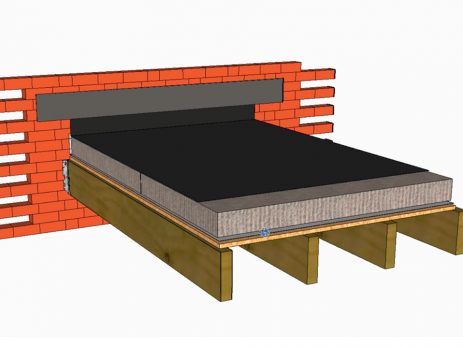
What Is A Warm Flat Roof?
The installation of a warm roof offers substantial thermal insulation benefits, contributing to a more consistent internal temperature throughout the property and potentially reducing heating costs. The method of construction is robust and straightforward.
There are several advantages to opting for a warm flat roof. Economically, it can be more cost-effective, as the construction work is executed entirely above the roof joists, avoiding the need for more complex, invasive, and labour-intensive installation methods. The continuous layer of insulation also reduces thermal bridging, leading to a more energy-efficient building. Additionally, because all components are installed above the roof joists, there are fewer potential points of failure compared to other roofing methods.
However, there are considerations to be aware of with warm flat roofs. The increased roof depth may not be suitable for certain buildings where height restrictions apply. Moreover, the final surface may feel ‘softer’ due to the insulation material. To mitigate this, a layer of decking can be installed above the insulation for a firmer finish, or a more rigid waterproofing membrane can be selected.
Understanding the structural and local planning requirements is essential when considering a warm roof for your property. When planned and executed correctly, a warm roof can be an excellent long-term investment for a property, enhancing its energy efficiency and durability. A warm roof constructed with a single-ply membrane could last for over 50 years. However, regular maintenance and inspections are key, as water penetration from unmaintained edging details and flashings could seriously undermine the warm roof. If water penetration occurs, you may have to replace not only the roof covering but also all the insulation.
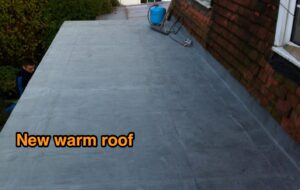
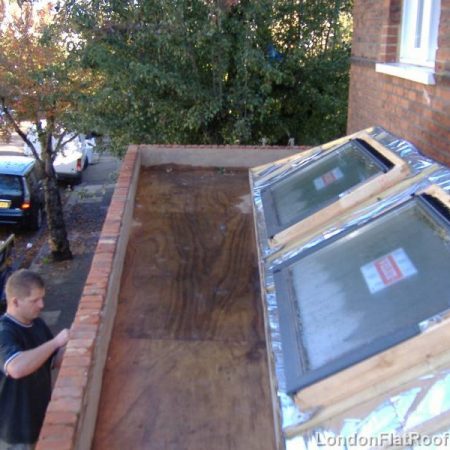
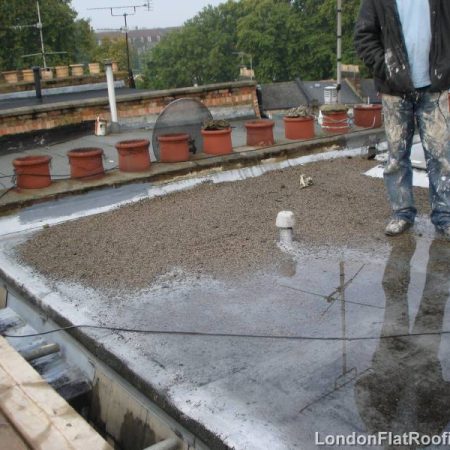


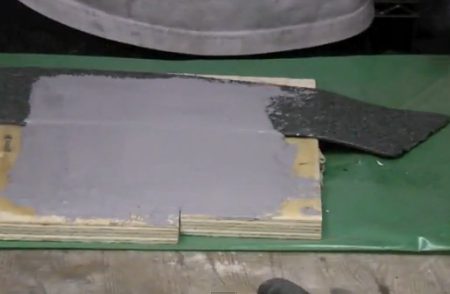
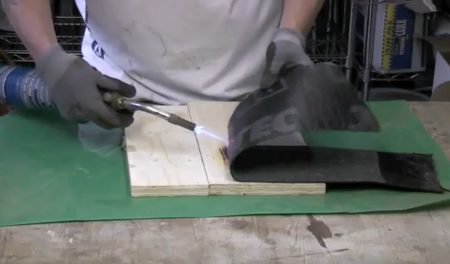
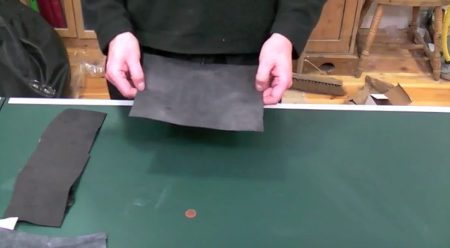
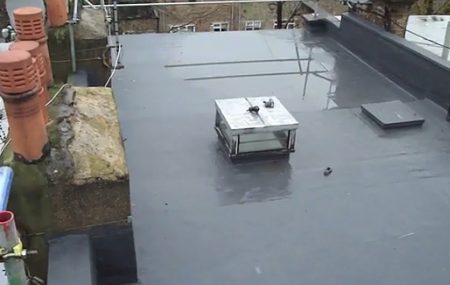


Leave a Reply